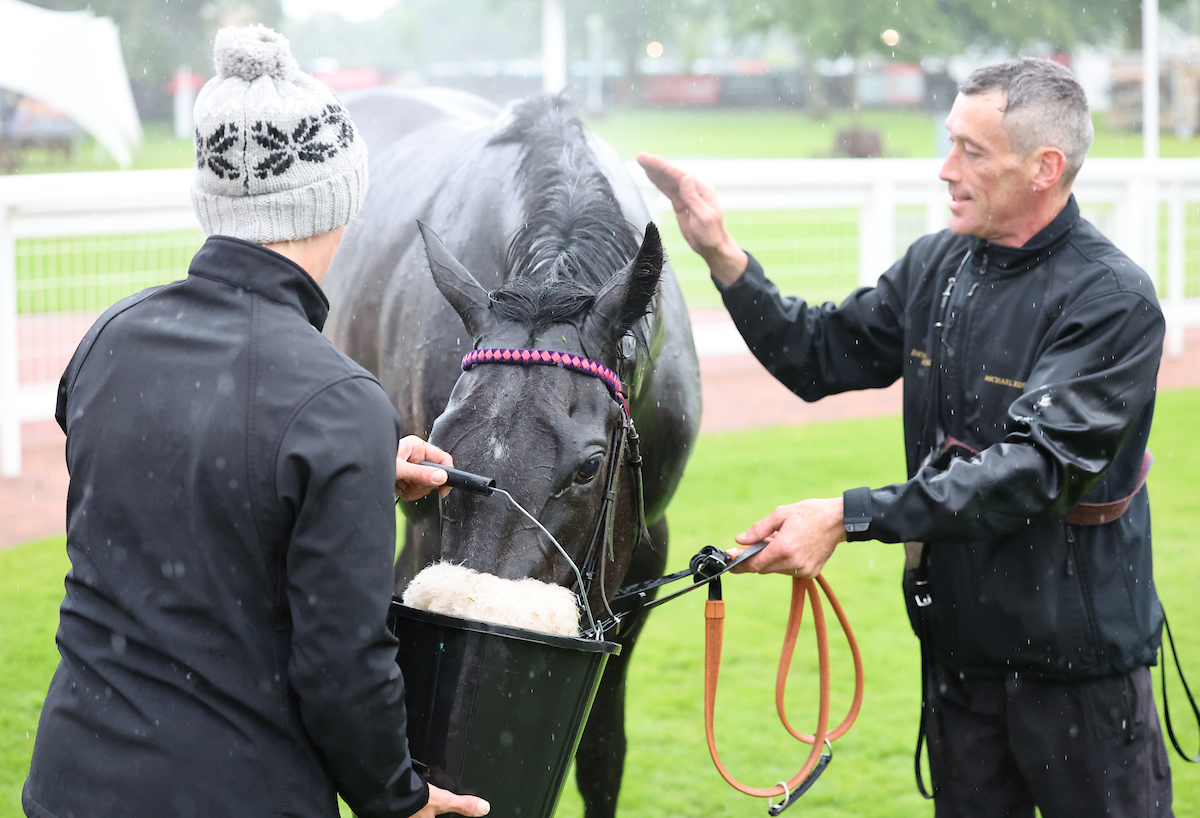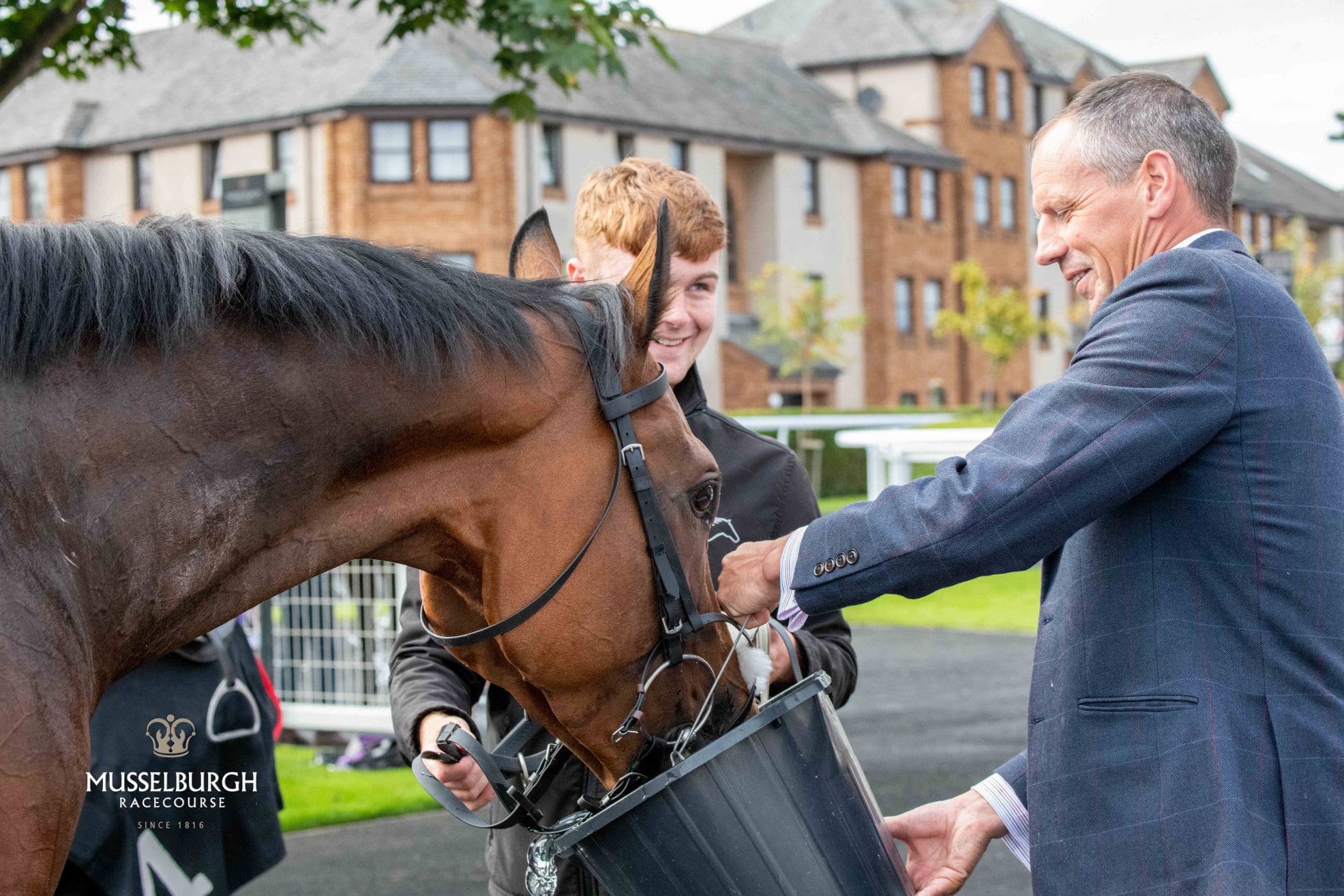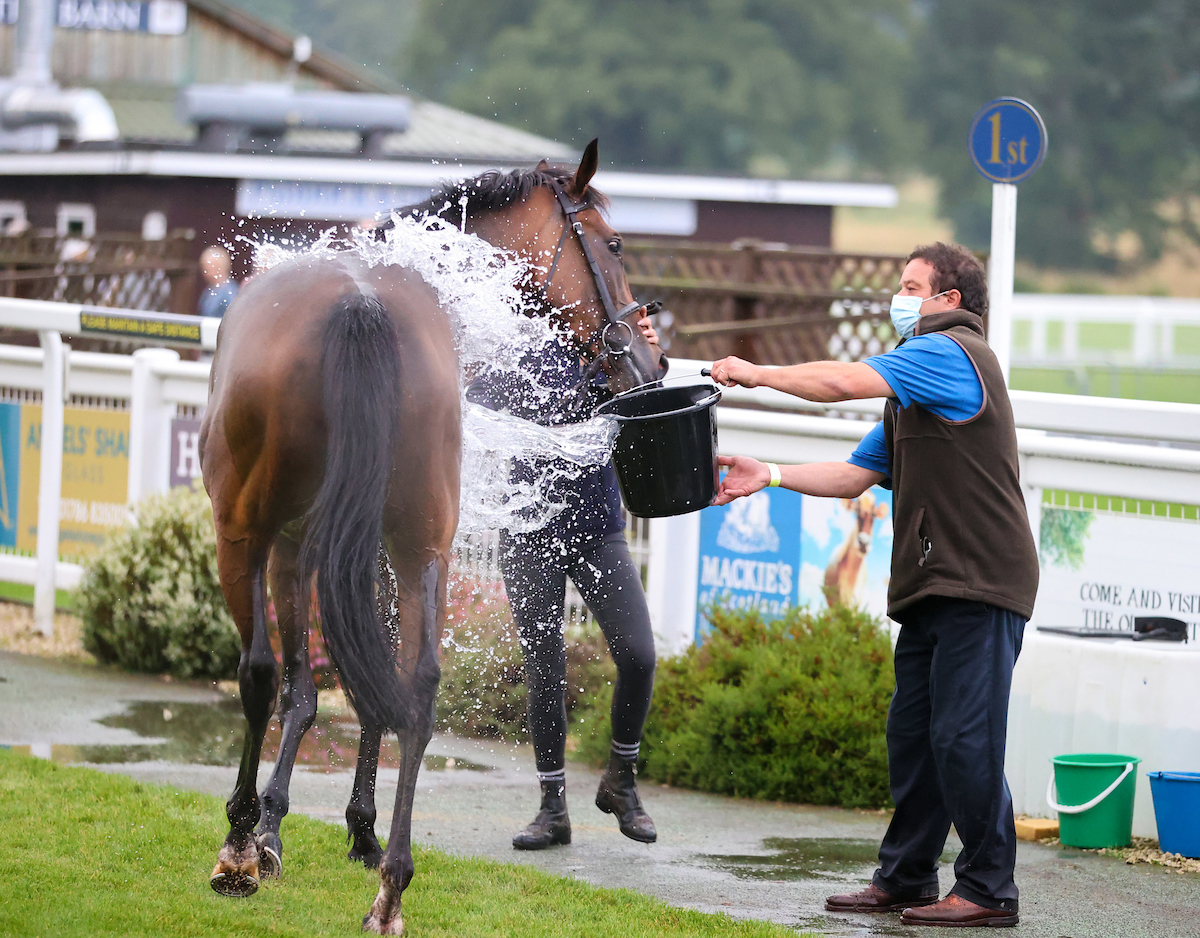The BHA is the Government-recognised, independent body responsible for the regulation of horseracing in Scotland.
The welfare of our participants is the number one priority for the BHA and it demands the highest standards of welfare from all licensed jockeys, trainers and racecourses and the 290 stable staff whose role it is to care for the 500+ horses in training in Scotland.
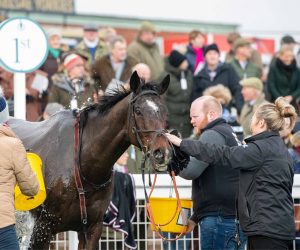
The BHA is responsible for setting and enforcing the welfare standards that all participants must adhere to. These standards are embedded in the sport’s rules, raceday regulation, education, licensing and disciplinary procedures, and are enforced by teams of vets, racecourse inspectors, stable inspecting officers and raceday officials.
The UK Government – via the Department for the Environment, Food and Rural Affairs – recently endorsed the BHA’s regulatory role in relation to the safety of jockeys and horses, given that overall racehorse welfare is improving and fatalities at racecourses are falling:
As with all elite sports and all activities involving horses, there is an element of risk. It is the responsibility of the BHA and everyone involved in the sport to ensure that we do everything possible to minimise that risk and to ensure that no injury or fatality occurs which could reasonably have been prevented.
As a consequence of British racing’s investment in safety, welfare and health, the number of horses that have suffered fatal injuries on racecourses has decreased by 1/3 in the last 20 years, to 0.2% of runners. The five-year fatality rate is also at its lowest on record.
Faller rates during jump races have decreased to an all-time low of just 2.53%, a reduction of 30% in the last 20 years as a result of initiatives to make racecourses and jump racing safer.
Sport horses are at risk whatever activity they are engaged in, whether in competition or when turned out in the field – a recent study by Liverpool University found that 62% of traumatic injuries in sport horses occurred in the field, compared to 13% while in ridden exercise.
Despite British racing’s excellent safety record, it always strives to improve, constantly investing in welfare research and education. The approach the BHA takes is one of constant assessment and improvement, identifying causes of risk and working with racecourses to address them, and investing in new approaches, science and innovation.
Since the year 2000, British racing has invested £35 million in veterinary research and education which benefits all breeds of horses, not just thoroughbreds, including for example during the recent outbreak of Equine Influenza.
British racing is currently assembling a cross-industry welfare board – Chaired by Barry Johnson (former Chairman of World Horse Welfare and former President of the Royal College of Veterinary surgeons) which will have responsibility for developing the sport’s wider strategy towards welfare, including further measures to enhance safety.
Scottish courses are spending a c. £650,000/annum on the maintenance of their tracks. Turf management has progressed hugely in recent years, moving away from use of agricultural practices to amenity management, using products designed for the likes of golf courses and football pitches.
Soil analysis is carried out by European Turfgrass Labs in Alloa, who inform the courses what nutrients may be lacking and advise on soil structure and drainage quality.
Groundstaff teams in Scotland have been recognised by the Racecourse Association, with the following awards:
- Kelso Racecourse – Jumps Racecourse Groundstaff Team of the Year, 2016
- Hamilton Park Racecourse – Flat Racecourse Groundstaff Team of the Year, 2014
- Musselburgh Racecourse – Dual Code Groundstaff Team of the Year, 2011
- Ayr Racecourse – Dual Code Groundstaff Team of the Year, 2010.
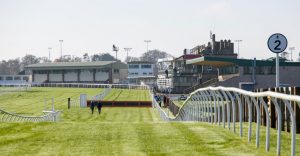 Investment and innovation is a priority at all Scottish tracks. Kelso and Hamilton Park have recently bought verti-draining machines at £40k/unit, for de-compaction. Perth has created a purpose-built exercise track and grazing area, given that 40% of their runners travel over-night.
Investment and innovation is a priority at all Scottish tracks. Kelso and Hamilton Park have recently bought verti-draining machines at £40k/unit, for de-compaction. Perth has created a purpose-built exercise track and grazing area, given that 40% of their runners travel over-night.
Using GPS mapping, Hamilton Park has created a consistent radius on the bend that allows horses to travel in a more balanced, and safer, way. Musselburgh has introduced a fibresand bend, the first course in the UK to do so, at cost of £100k and other courses in Britain have followed Musselburgh’s lead.
Every racecourse is inspected by a BHA inspector prior to the start of the season, and twice during the course of a season. The Professional Jockeys’ Association employ current jockeys as safety officers, to voice any concern that jockey’s may have regarding safety.
One-Fit Padded Hurdles
Kelso Racecourse is one of the first racecourses in Britain to trial the use of padded hurdles. To date, results show a reduction in fallers of c0.5% on installation of one-fit padded hurdles, however the benefits of padded hurdles continue to be assessed in relation to their benefit as a whole to racehorse welfare.
Irrigation
The irrigation of tracks is crucial for producing safe, consistent turf during dry weather. Research shows injury rates increase on ‘firmer’ ground, and Jump tracks aim to produce ‘good’ ground, whilst Flat tracks aim to produce ‘good to firm’ ground. Perth has recently invested £250k in a new irrigation system for 2017. The Scottish tracks take water from local water sources, which is then put onto the ground, and either evaporates or is fed back into the local water source, so no water is wasted.
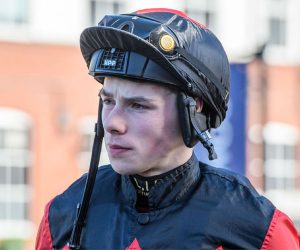 No trainers or jockeys are licensed by the BHA unless they are proven to be suitable persons to look after or ride racehorses and they are subject to strict welfare standards, which are continuously monitored through the annual licence renewal process.
No trainers or jockeys are licensed by the BHA unless they are proven to be suitable persons to look after or ride racehorses and they are subject to strict welfare standards, which are continuously monitored through the annual licence renewal process.
Additionally, the BHA’s inspecting officers carry out around 600 stable inspections each year to ensure standards are being maintained.
No racecourse is licensed, and no racing can take place unless the premises, facilities, and the way the course is operated meet strict BHA equine welfare criteria, which far exceed those demanded by animal welfare legislation.
These standards are enforced by the BHA’s team of racecourse inspectors who visit courses frequently on and before racedays to ensure that courses are safe.
The requirements include the provision of experienced veterinary surgeons and state-of-the-art veterinary facilities on course – such as horse ambulances – to ensure the very best treatment of any injury.
The BHA also works with racecourses to ensure the continual improvement of welfare standards, and constantly monitor injury rates to identify where improvements can be made. Improvements range from minor alterations to racecourse facilities, through to significant reviews and changes to racecourse layout.
Each of the five courses in Scotland has invested in secure stable yards, which are regularly disinfected with dust-free bedding, good wash-down areas and a veterinary treatment area. The racecourses also provide a sampling area for post-race sampling, carried out by the BHA. Jockeys are also tested for drugs and alcohol.
Perth, Musselburgh and Hamilton Park have all built new stable yards in the last ten years. Musselburgh now has a secure walkway directly from the stables to the course, with ample horse box parking, and a level unloading ramp.
All of the BHA officials who operate on a raceday are there to ensure the health and welfare of our participants, including stewards, equine welfare integrity officers and BHA vets.
The team of BHA Veterinary Officers is on the racecourse to oversee equine welfare. Their role includes:
- Ensuring that the sport’s strict welfare rules and standards are adhered to
- Overseeing teams of veterinary surgeons employed by the racecourse
- Carrying out pre-race and post-race checks on horses to ensure they are healthy and fit as well as any required testing, as appropriate.
One Veterinary Officer and three Veterinary Surgeons are required on a racecourse as a minimum requirement for the 1,500 race meetings that take place in Britain each year.
In the event of an incident on a racecourse:
- Any horse affected will receive immediate attention from the racecourse veterinary team
- If further assessment is required horses can be transported in specially designed horse ambulances to the first-class veterinary facilities at each racecourse
If necessary, horses can be transported from the course to receive further treatment at the nearest equine hospital
Safety During a Race
The waving of a yellow flag informs jockeys that the race is to be stopped immediately, along with a loud whistle, so there is an aural and visual cue for the jockeys. If part of the track is blocked by an injured horse/jockey, a chequered flag is waved, and by-pass arrows can be used at Hurdles/Fences, to advertise to the jockeys that part of the track is blocked by an injured horse/jockey. The Bypass Boards positioned above hurdles/fences will also stop a loose horse from jumping a fence with a casualty on the hidden side. This also serves to protect those treating the casualty. Doctors, Vets and Clerks of the Course are all provided with two-way radios for communication during a race. Treatment screens are used for privacy for veterinary treatment on the track.
Post-Race Recovery
Wash-down areas are provided near the un-saddling areas, with copious amounts of water and buckets located around the course, and on the back of vehicles. Post-race ataxia in horses is thankfully fairly rare, but can occur in all forms of sport horse. In these cases, water is immediately administered to lower the horse’s temperature and regulate their breathing. Horses at high-risk of post-race ataxia are highlighted to the Clerk of the Course, via the BHA Veterinary Officer, prior to racing.
Horse Ambulance
Each Scottish track uses Peter & Kim Horse Ambulances Ltd, who provide four purpose-built horse trailers manned by an experienced, dedicated crew. The horse ambulance is a modified trailer, with shallow ramps and straight front un-loaders, so the horse does not have to turn or reverse to exit the trailer.
Personnel
There is a huge amount of staff involved in a raceday, and each race meeting across Britain is carried out within the same system. There are at least two vets at every Flat meeting, and 3 vets at every Jump meeting, with more vets in place for the larger meetings, such as the Scottish Grand National. All vets must be current practitioners, with at least five years’ experience in Equine Veterinary work, and have attended a course on approved Equine Emergency Care within the last five years. Veterinary Surgeons on-course will:
- Provide emergency First Aid Care to injured horses.
- Arrange transfer to a Veterinary Centre of Excellence if required.
- Euthanase animals on humane grounds.
- Carry out endoscopy examinations on-course, and the jump tracks have x-rays available on site.
- The BHA’s Veterinary Officer and Equine Welfare and Integrity Officers will:
– Ensures vaccinations of all horses are up-to-date.
– Check microchips of every horse before it can enter the Racecourse Stables.
– Ensure previously injured horses are fit to race.
– Oversee post-race sampling of runners.
Scotland has two excellent veterinary hospitals in Glasgow and Edinburgh, meaning that no track is far from a centre of equine veterinary excellence.
In British racing the use of a foam padded, air cushioned whip is permitted, with strict controls on its use. Existing evidence shows that, with the appropriate design and these strict controls in place, it does not compromise the welfare of horses during a race.
The current foam padded design of the whip was developed with input from the RSPCA. There is only one current accredited supplier of whips for use in British racing.
Whips are carried first and foremost as an essential aid to horsemanship and safety. This is consistent across all equine activities which involve exertion on the part of the horse.
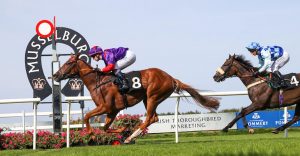 The use of the whip in British racing is restricted to safety, correction and encouragement. By “encouragement” we mean using the whip as an aid to activate and focus the horse, so the horse realises its potential by giving its best. Use of the whip to coerce is not permitted.
The use of the whip in British racing is restricted to safety, correction and encouragement. By “encouragement” we mean using the whip as an aid to activate and focus the horse, so the horse realises its potential by giving its best. Use of the whip to coerce is not permitted.
Following a detailed 2011 Review of the use of the whip in horseracing, the rules regarding the use of the whip in British racing were revised. The basic rules are as follows:
- The whip can be used a maximum of seven times in a Flat race or eight times in a Jump race. Any more than this will prompt the stewards to review the ride
- As well as the number of times the whip is used, the stewards will look at the force with which it is used, whether the horse has been given time to respond, the purpose for which the whip was used, whether the horse was in contention or clearly winning at the time it was used, and whether the whip has been used in the correct place (i.e. on the horse’s hindquarter rather than flanks)
Any rider found to have contravened the rules will face a period of suspension, and any rider picking up five offences in a six-month period will be referred to the BHA for a more substantial penalty.
Since implementing the revised whip rules, the frequency of whip offences has halved, despite the threshold for permitted use also being halved. Breaches of the whip rules now occur in less than 0.6% of rides.
Because of the low thresholds for use and the foam padded design of the whip, even a serious breach of the whip rules would be unlikely to impact negatively on a horse’s welfare.
Defra recently endorsed the BHA’s whip rules, stating that:
We take steps to look after horses at all stages of their lives, from the mandatory microchipping and registration of a foal within 30 days of its birth, through to the sport’s own charity – Retraining of Racehorses (ROR) – which rehomes and retrains horses who leave the sport. Tens of thousands of former racehorses go on to second careers after racing.
Thoroughbred foals must be registered and micro-chipped within 30 days of birth, meaning that race horses can be tracked and identified throughout their life. The industry is continuing to implement a strategy to focus more on horses once they leave racing, to protect and promote their continuing welfare.
Current Schemes in Place in Scotland
• Veterinary research (currently part-funded by the Levy Scheme)
• Retraining and re-homing schemes for retired racehorses
• Vetting and training of trainers and jockeys
